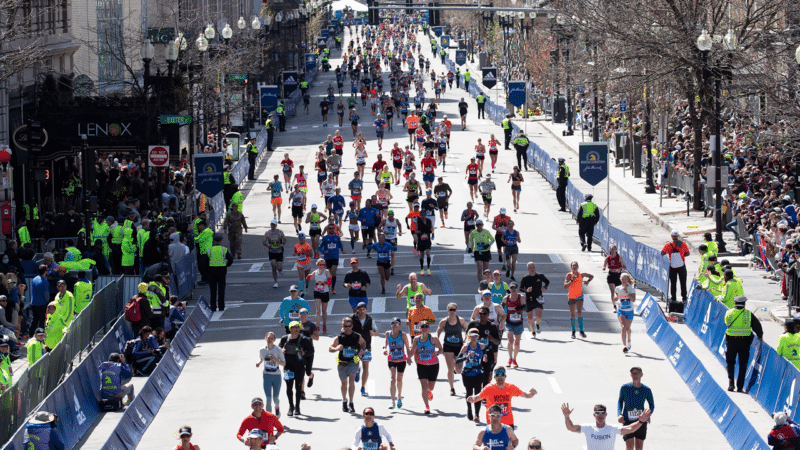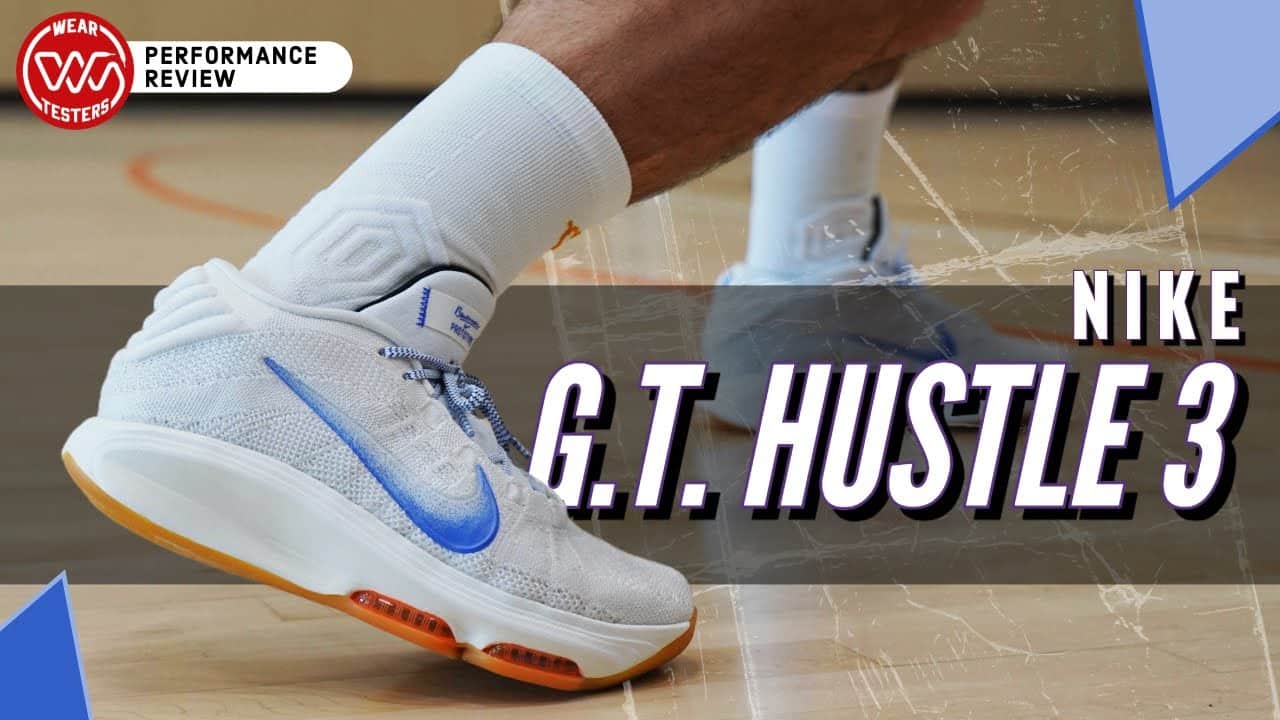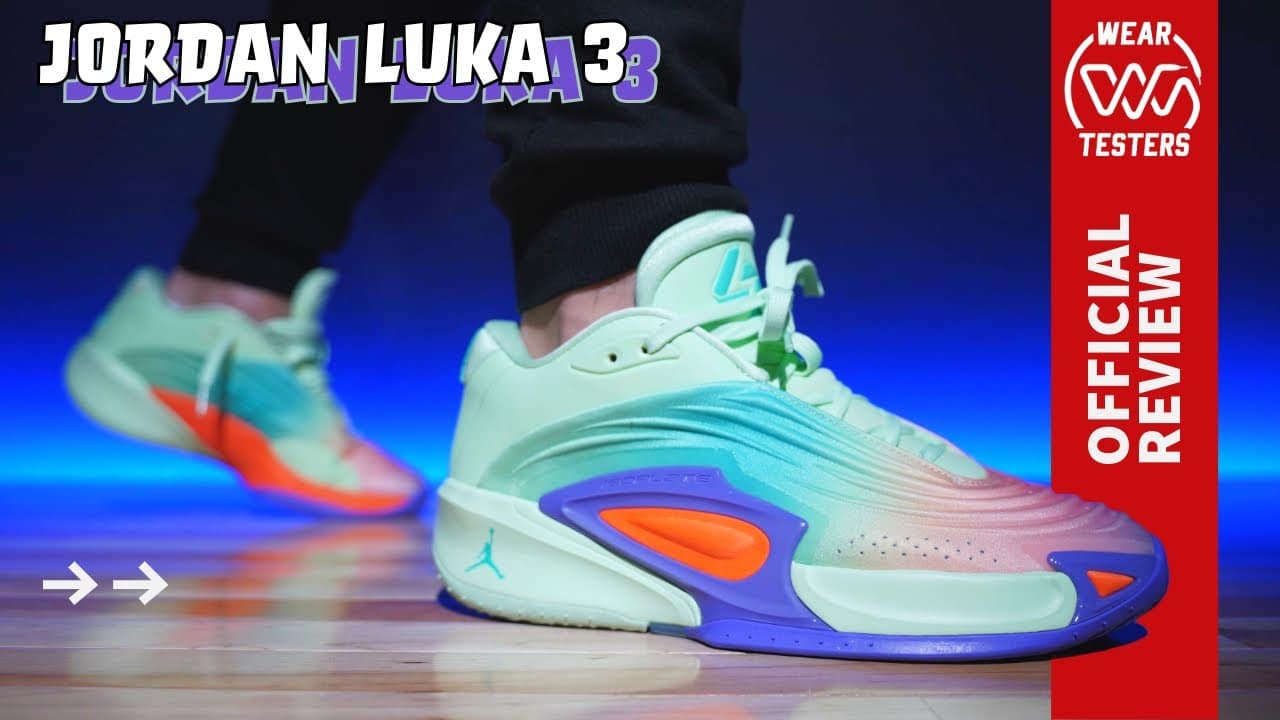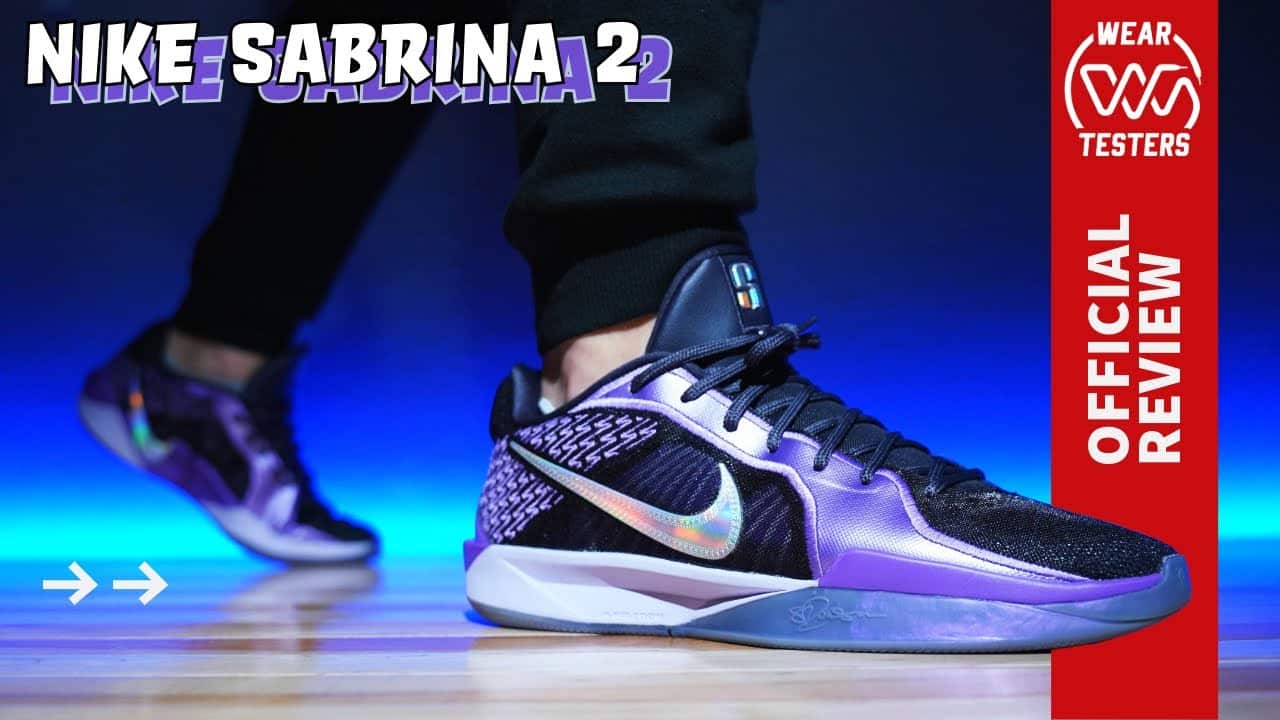Valerie Rogosheske lined up with just seven other women at the start of the Boston Marathon in 1972, the first year women were officially allowed to race the course. “The gun went off,” she recalls, “and I never saw another woman for the rest of the race.”
Fifty years later, Rogosheske stood at the starting line in Hopkinton, MA once again—the only one of the original eight women to return to run. “To be there and see all those women lined up, ready to go and looking so fit, that was so cool,” she says. This time, once she started running, “there were women around me the entire race.”
More than 12,000 women ran the 2022 Boston Marathon, making up around 42 percent of the field. Women, who really only started running for sport in the 1960s, outnumbered male runners for the first time in history in 2019, according to that year’s The State of Running report by RunRepeat.com (58 percent of American runners are women). And in 2021, women’s performance footwear sales were growing at a faster rate than men’s, according to data from The NPD Group Inc.—a surge mostly driven by running.
When the field was so small, “competition was not ever in the atmosphere at all,” says Rogosheske, whose 1972 race was her first marathon (her bib number for 2022 was “1972”). Now, competitive women’s running is one of the most exciting parts of the sport. Case in point: This year’s elite women’s Boston Marathon field included 12 women who have run under 2:23.
On Marathon Monday, Kenya’s Peres Jepchirchir traded places with Ethiopia’s Ababel Yeshaneh eight times before dropping her in the last half mile to win the race—it was her event debut, and followed an Olympic gold medal in Tokyo and a win at the New York City Marathon. (FWIW, Jepchirchir won the same amount, $150,000, as the male winner at the Boston Marathon.)
At one point during the race, Yeshaneh accidentally drifted into Jepchichir’s path; she reached out to apologize, and the two held each other’s arms for a moment. “She’s my best friend,” Jepchirchir told ESPN after the race.
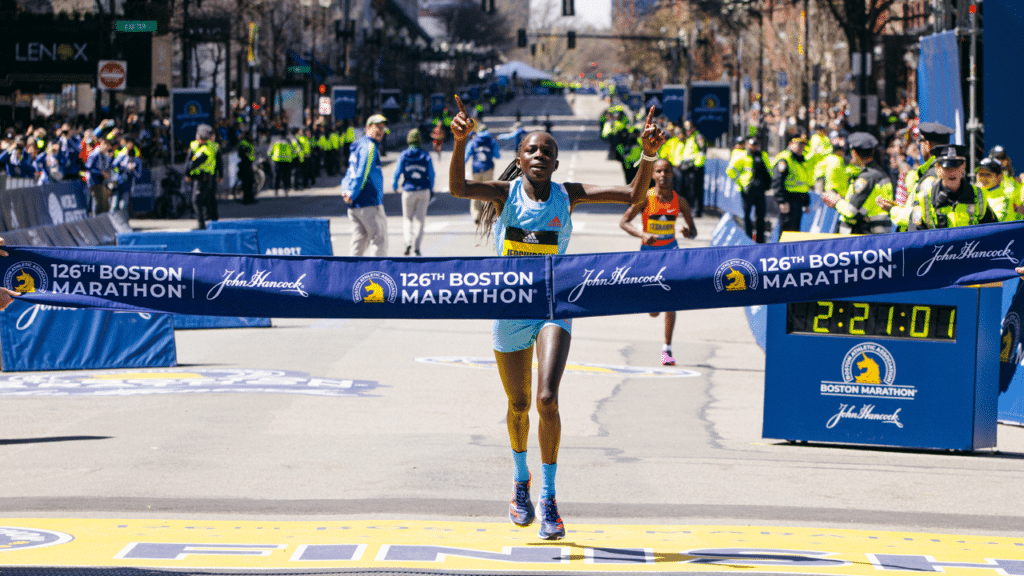
Competitors or not, that sense of support is ubiquitous within the women’s running community. This year, “I wanted to run with my two friends, one of whom is seven months pregnant and the other who is a current patient at Dana Farber Medical Center for metastatic breast cancer,” says Kate Gilmartin, who had previously run five Boston Marathons with the Dana Farber Medical Center (DFMC). “We come from such different walks of life, but I think we really embody that idea of women supporting women.”
Gilmartin—who lives in Newton, MA, a town the course crosses around mile 19—first ran the Boston Marathon in 2013, fundraising in honor of her uncle, who passed away unexpectedly from cancer at 39 years old. She had taken the last few years off from racing after her husband was diagnosed with Ewings Sarcoma (one week after she found out she was pregnant with their first child), but wanted to return to the Boston Marathon this year to celebrate: 2022 marked five years of remission for her husband.
The fact that she’d one day end up a beneficiary from the support of the DFMC had never crossed her mind; she had raised nearly $50,000 before her husband’s diagnosis. In total, she’s singlehandedly raised over $110,000, almost $30,000 of it for 2022. “It was amazing to experience Dana Farber firsthand, even in the circumstances we were in,” she says. “People came out of the woodwork to help us—the director of the marathon team even drove us to chemo.”
Gilmartin eventually did lose her friends in the race, and was starting to feel emotional while run/walking during the last 10 miles. But around mile 24, another female runner looked over at her and thanked her for running for Dana Farber. “That interaction never would have happened if I were really trying to grind it out,” she says. “It was just so amazing to savor that energy and remember why I do this.”
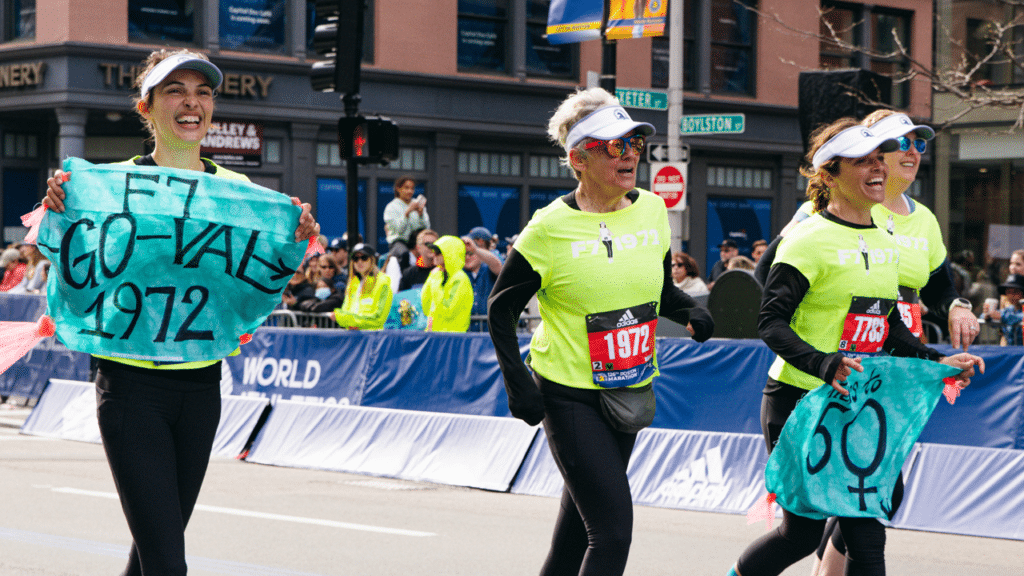
It’s that kind of atmosphere—one where you might spot four-time Olympian Shalane Flanagan pacing Boston Marathon bombing survivor Adrianne Haslet to the finish—that keeps women coming back to Boston, over and over again.
Amanda Hicks, from Flagstaff, AZ, has run the Boston Marathon every year—including the virtual race in 2020—since qualifying for the 2010 race. “It’s the marathon people talk about,” she says. “When you’re a new runner and people ask you if you’ve run a marathon, the second question is always, ‘well, have you run Boston?’ I felt like I would’ve made it as a runner if I went to Boston.”
As the oldest marathon in the U.S., the Boston Marathon has long been the pinnacle of the sport for men and women—even before women could officially race. “I started running because I needed a goal, and I thought, ‘well, I’ve heard of the Boston Marathon,’” says Rogosheske. “I’d also heard of women hiding in the bushes because they weren’t legally allowed to register. So I started training with that in mind.”
That woman was Bobbi Gibb, who in 1966 became the first woman to have run the entire Boston Marathon after jumping in at the sound of the starting gun. The next year, Kathrine Switzer became the first woman to run the Boston Marathon as an officially registered competitor (she used her initials instead of her first name)—she was assaulted by the race manager when he realized she was a woman, but managed to get away and cross the finish line. Switzer spent years campaigning for women’s legal entry to the race, and finally prevailed in 1972.
When those eight women did finally line up at the starting line, there was a distinct sense of responsibility resting on their shoulders. “We were all aware of it,” says Rogosheske. “It was kind of electric in the air, this idea that we just couldn’t stop, because so many people would say, ‘ah ha, I told you they shouldn’t be doing it.’ That first year, it just felt so good to finish, not only because I was glad to be done, but also because we had accomplished that goal.”
There’s a trickle down effect when seeing women in places they haven’t been before becomes the norm. “It’s reflected at different levels—I was an assistant cross country coach a few years back, and just seeing a team of 60 girls who are all just so excited to be there and you can see the camaraderie and teamwork they embody when they come together,” says Gilmartin.
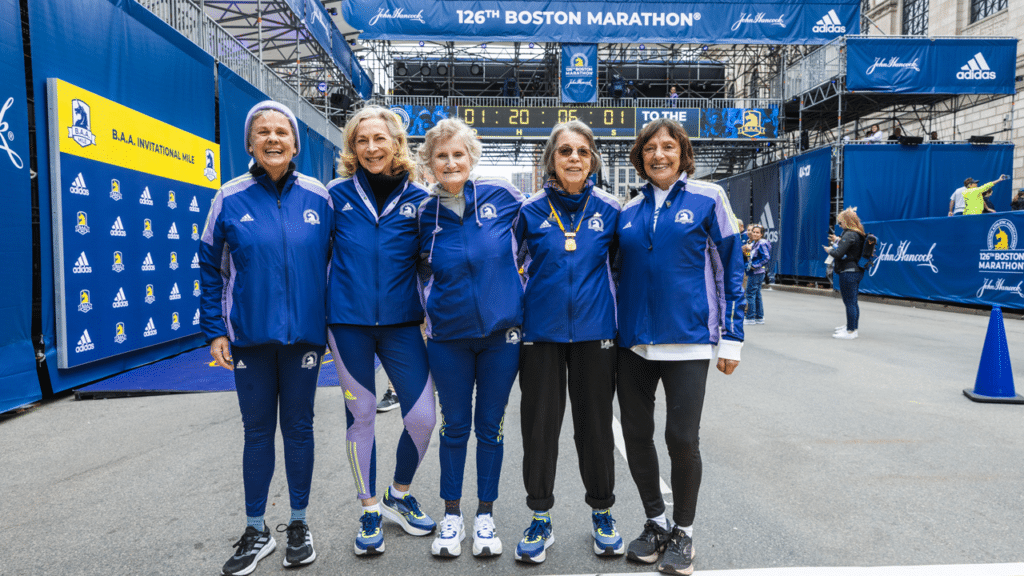
“I actually got some children’s books about Bobbi Gibb and Kathrine Switzer to read to my kids as we were getting closer to the marathons,” says Gilmartin. “They’re never going to grow up with that context, that women can’t run, and it’s just amazing to think how far we’ve come in 50 years,” says Gilmartin.
For female runners now, being welcome at the Boston Marathon is a given: “It would be unthinkable to me now to not qualify, because that’s just who I am, that’s part of what I train for, and part of what I’m working toward every year,” says Hicks.
It’s a heady idea for someone like Rogosheske, who’s watched the opportunities for women balloon within her own lifetime. “When I was a physical education major in college, there were no sports available for women,” she says. “By the time my first daughter graduated from high school, there were sport scholarships available. It’s wonderful to see.”
Even more wonderful: that she was able to share her Boston Marathon experience with her daughters, both of whom ran with her this year. “It was such an emotional experience to have them all with me. They carried signs with my name on them and ‘50 years!’, so I had people yelling for me and cheering for me along the entire course. That blew my mind.”
Her favorite part of the course, though, is still Wellesley College, the all-girls school located right at the halfway point. It’s famous for its Scream Tunnel, with thousands of cheering women who are known to kiss runners as they pass by. “To go through Wellesley in 1972 and have those women yell ‘right on, sister!’ was wonderful,” says Rogosheske. “And then 25 years later, when I ran half of the Boston Marathon, they looked like my kids. This year, they looked like my grandchildren. It just cements how things are moving forward.”
Enjoying Ashley’s writing and product reviews? She writes a weekly email newsletter called The Rundown covering running news and trends, running tips, and the running industry. Click the link to read the latest issue and subscribe.

